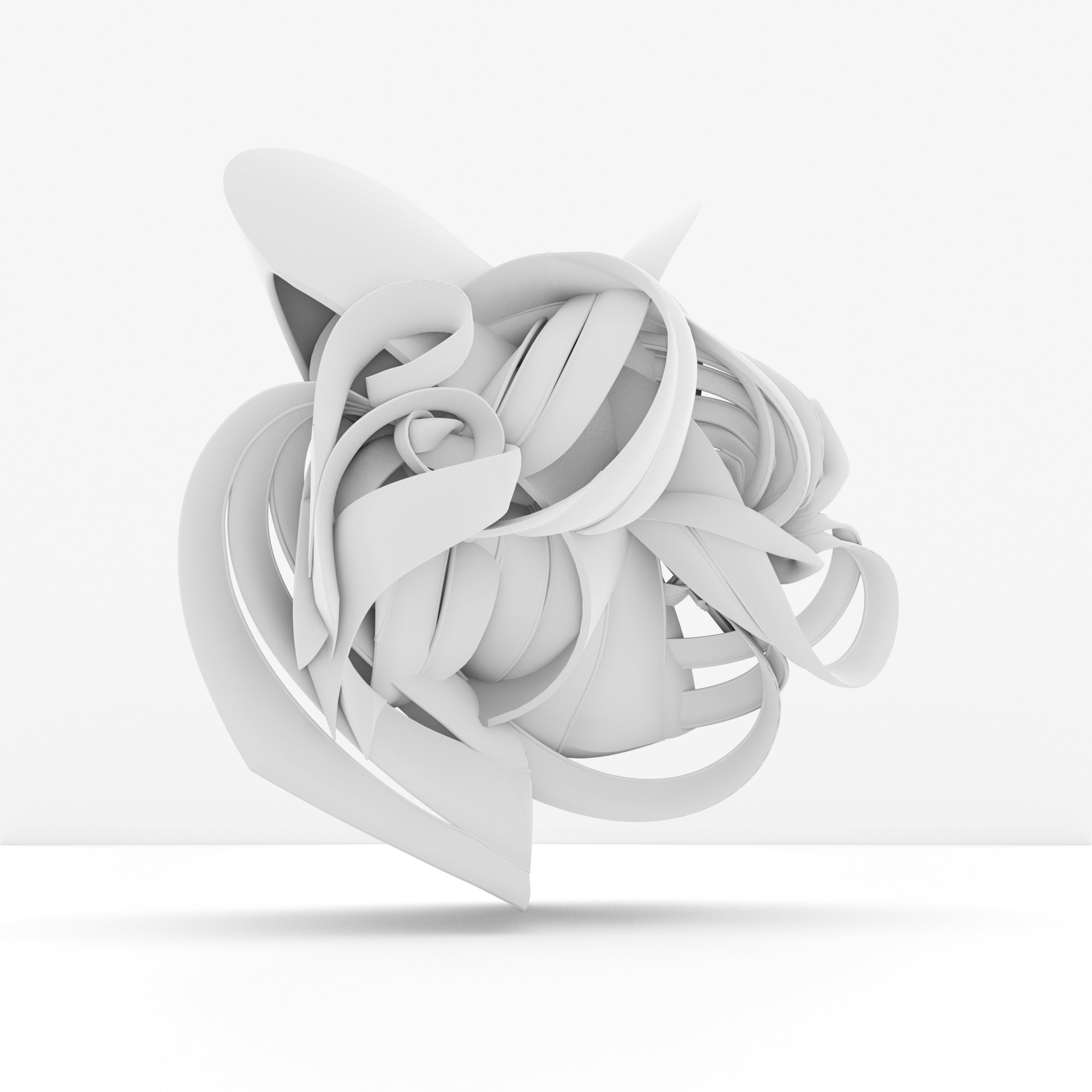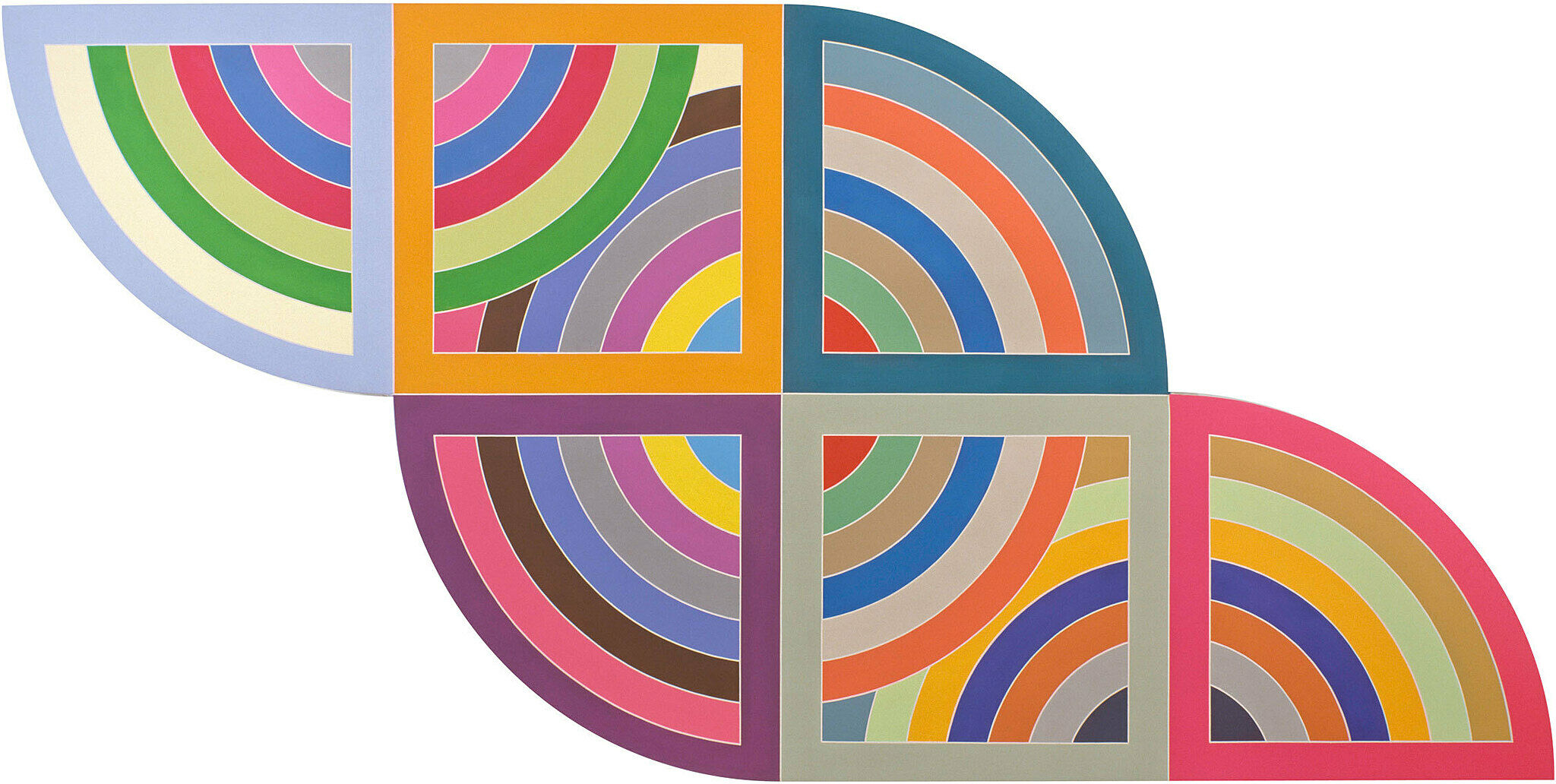Frank Stella, Astoria, 1958
Oct 30, 2015
0:00
Frank Stella, Astoria, 1958
0:00
Megan Luke: This is an overwhelmingly monochromatic work, although between the yellow stripes, we see a lot of different kinds of color and incident.
Narrator: Megan Luke, Assistant Professor of Art History at the University of Southern California.
Megan Luke: We also see buried underneath the stripes this kind of rectangular form that might read as a window or a door if we were to turn this painting upside down.
Nevertheless, Stella has obliterated that form with this repetitive motion of these stripes, and this is quite a daring painting when we compare it to other works that he's exploring at this time, precisely because of its monochromatic color palette, this overwhelming impression that we get of him working with a single color, and trying to make a painting out of that single color.
I think that there's a physical force that we see by having our field of vision overwhelmed by this very bright, very shrill yellow color, and at the same time it works upon us in terms of our memory. Where have we seen this color before? We might recognize it in taxi cabs, we might associate it with other things in our past. Stella is definitely courting those kinds of associations as well, especially with his titles.
Narrator: As you look around this room, you’ll see other works that Stella painted soon after his arrival to New York. There, he found an extremely exciting art scene―one that was still dominated by Abstract Expressionists such as Jackson Pollock and Willem de Kooning, but was changing quickly with the rise of younger artists like Jasper Johns.
Megan Luke: I think when we look at these paintings, we have to remind ourselves, and in fact it's impossible not to see, the audaciousness and hubris of a young man.
Narrator: To hear more about why Stella’s early paintings were so innovative, please tap your screen.


